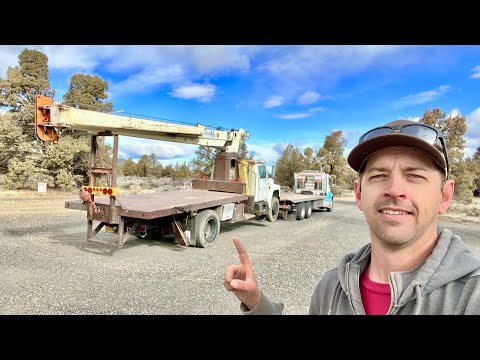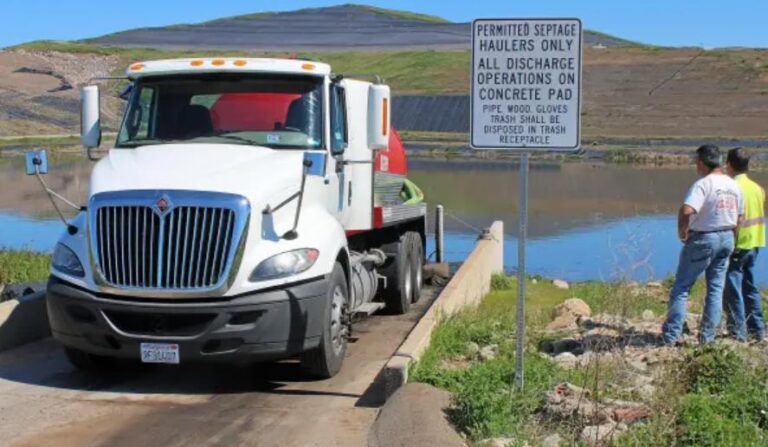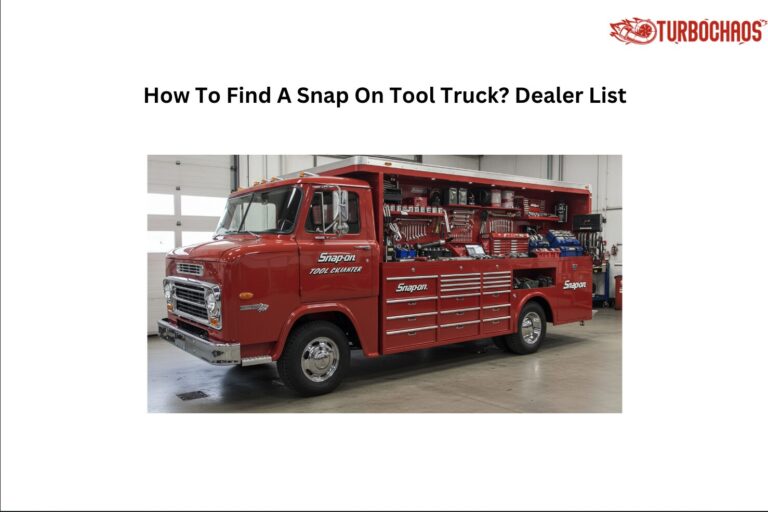What Is A Boom Truck? A Complete Breakdown
This article will explain What Is A Boom Truck? A boom truck is a commercial vehicle that comes with a hydraulic crane attached to its chassis. This setup allows for various applications, from lifting heavy materials to aiding in specialized tasks like tree removal. The boom truck is an indispensable tool in many industries, offering both versatility and efficiency.
Key Takeaways
- A boom truck is a commercial vehicle with a hydraulic crane.
- It comes in various types like fixed cab, swing cab, and fifth-wheel tractors.
- Boom trucks are widely used in industries like construction, power and electricity, and oil and gas.
- They have different types of booms like telescopic and articulating lifts.
- Boom trucks are versatile and efficient in lifting and transporting heavy-duty equipment.
What Is A Boom Truck?
A boom truck is a specialized vehicle equipped with a hydraulic crane, used for lifting and transporting heavy materials. It is commonly used in various industries such as construction, power and electricity, and oil and gas.

What Are The Different Types Of Boom Trucks?

Fixed Cab
The fixed cab is a standard truck with a boom lift on the back. The driver operates the boom from the front, but the downside is that the operator cannot see where the machine is going.
Swing Cab
In the swing cab, the operating booth attaches to the lift and moves along with it. This design allows the operator to have a better view of the operations.
Fifth-Wheel Tractors
These are specialized boom trucks where the boom lift is mounted on the back and sometimes faces the front of the vehicle. This setup is known as a rear mount.
Types of Booms
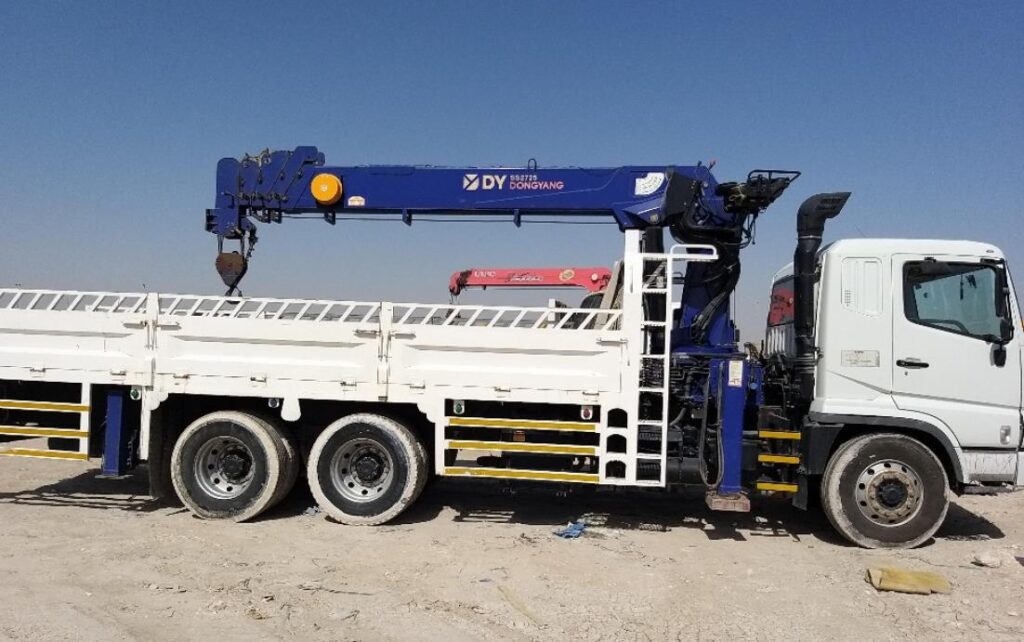
Telescopic Booms
These booms are ideal for working on uneven terrain or in challenging spots that workers need to access.
Articulating Lifts
Known for their ability to bend, articulating lifts are useful for getting around objects and adjusting the crane to a precise size and place.
Industries Using Boom Trucks
Boom trucks find applications in various industries, including:
- Power and Electricity: For maintenance of power lines.
- Oil and Gas: Used for checking the pressure and depth of oil wells.
- Commercial Roofing: Helpful in transporting materials to high-rise structures.
Advantages of Using Boom Trucks
Boom trucks offer numerous benefits, such as:
- Versatility: Can be used for multiple applications.
- Efficiency: Speeds up the construction process.
- Safety: Designed with safety features for secure operations.
Disadvantages of Using Boom Trucks
Despite their advantages, boom trucks have some limitations:
- Limited Visibility: In some types, the operator may have limited visibility.
- Cost: High initial investment and maintenance costs.
Advanced Features of Boom Trucks: Elevating Construction Efficiency
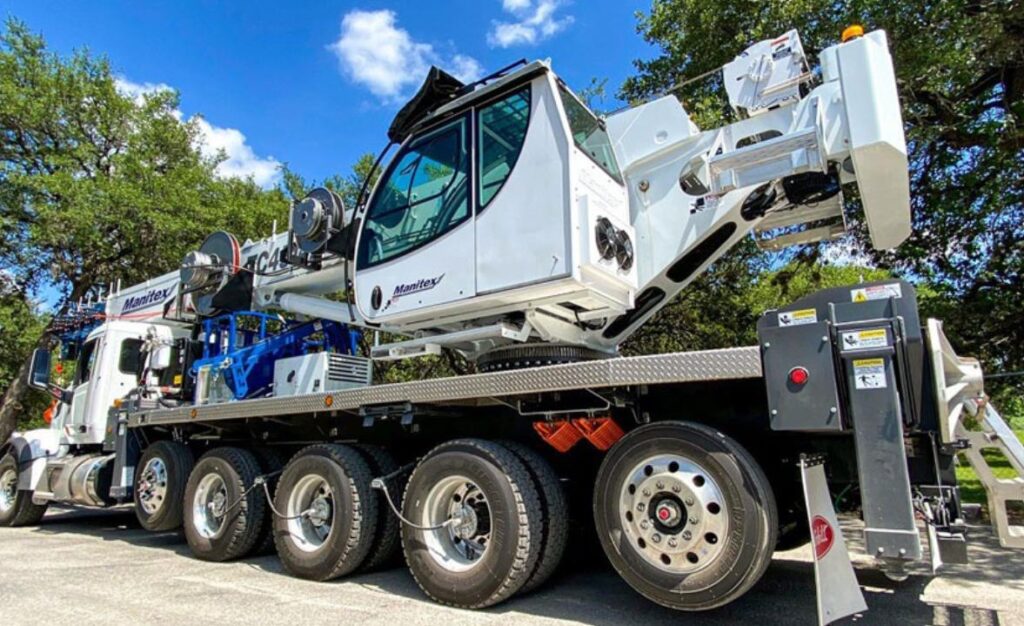
Advanced Features
Tilting Cabs
One of the advanced features of swing cab boom trucks is the tilting cab. This feature allows the operator to have a better line of sight to the boom, reducing neck strain.
Remote Controls
Some swing cab boom trucks come with remote controls that can operate both the crane and outrigger functions. This feature improves job site visibility.
Technological Advancements
Internet of Things (IoT)
IoT technology is expected to trickle down to boom trucks, offering benefits like better asset utilization and preventive maintenance.
User Interface Improvements
The Rated Capacity Limiter (RCL) system has evolved to offer more functionality on the display, making it easier for operators to adjust different parameters.
Safety Features
Wind Speed Indicators
New features like wind speed indicators are helping boom truck operators take job site awareness to another level.
Cameras
Cameras help operators maintain a view of the hoist as well as the rear of the boom truck, enhancing safety.
Future Prospects
The gap between boom trucks and their larger craning counterparts is expected to narrow further due to continuous technological advancements.
How A Boom Truck Works?
A boom truck operates by using a hydraulic system to lift or lower heavy objects. The hydraulic crane mounted on the truck is controlled by an operator, either from within the truck’s cab or via a remote control.
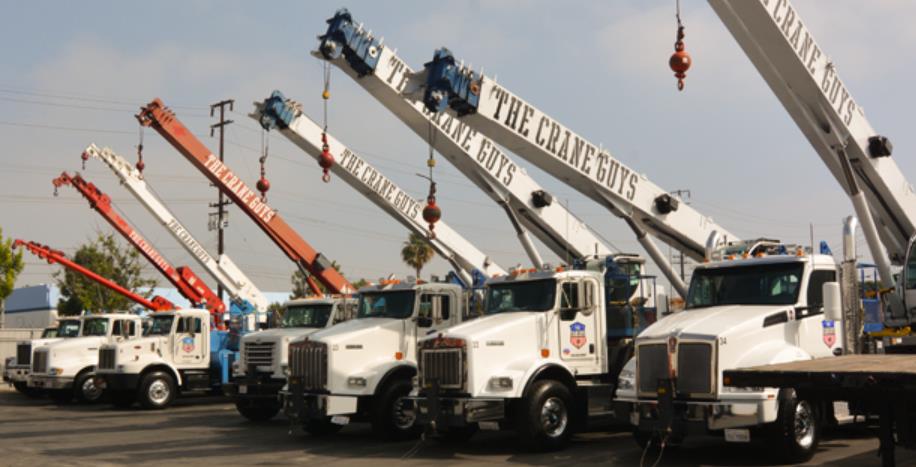
The crane arm, or “boom,” can extend and retract, allowing it to reach various heights and angles. The truck itself is usually equipped with outriggers, which are stabilizing legs that extend from the vehicle to provide additional support during lifting operations.
How Can Boom Trucks Be Used?
Boom trucks are incredibly versatile and find applications in multiple industries. They are commonly used in construction for lifting heavy materials, in the power and electricity sector for maintenance work, and in the oil and gas industry for various drilling and maintenance tasks.
They can also be used for specialized tasks like tree removal or even in film production for camera placement.
What Kind Of Boom Trucks Do We Use?
The type of boom truck used depends on the specific needs of a project. For simpler tasks like lifting air conditioners or transformers, a stand-up boom truck might suffice.
For more complex operations requiring higher lifting capacities and better visibility, a swing cab boom truck would be more appropriate.

How Do We Maintain Our Boom Trucks?
Maintaining a boom truck involves regular inspections and servicing to ensure that all parts, especially the hydraulic system, are in optimal condition. Preventive maintenance like oil changes, hydraulic fluid checks, and inspections of the mechanical and electrical components are crucial.
It’s also essential to adhere to the manufacturer’s guidelines and to conduct periodic safety audits to ensure the truck is operating within safety standards.
Conclusion
In summary, a boom truck is a versatile and efficient piece of equipment used in various industries. It comes with different types of cabs and booms to suit specific needs. While they offer numerous advantages, it’s essential to consider their limitations, such as cost and visibility issues, before investing in one.
Frequently Asked Questions
What’s the Optimal Way of Getting a Boom Truck in Today’s Competitive Market?
In the current competitive climate, acquiring a boom truck that meets your specifications can be challenging. Due to disruptions in the global supply chain, new boom trucks are in low supply.
One effective approach is to shop around and place a deposit as soon as you find a suitable option. Research is crucial, and considering both dealer-licensed and private-party sellers can broaden your options.
What’s Important When Considering a Used Boom Truck?
When looking at used boom trucks, it’s essential to consider the condition of both the chassis and the boom. Check the mileage and hours to get the best approval terms. Also, ensure that the boom truck has a current OHSA Boom Inspection Report that is less than a year old.
What Are Safety and Maintenance Certifications to Keep in Mind?
Before investing in a boom truck, it’s crucial to check for specific certifications. Start by referring to the OHSA (Occupational Safety and Health Administration) requirements and research your individual state’s requirements for boom truck operations.
What Are the Perks of Financing a Boom Truck?
Financing a boom truck offers several advantages, especially in times of inflation and equipment scarcity. It allows you to maintain strong cash flow and expand your business without waiting to accumulate enough cash for an outright purchase.

Matt Rex brings 12 years of specialized automotive expertise, holding a professional degree in Automotive Engineering Technology. As the founder of Turbochaos, he delivers comprehensive diagnostic services, performance optimization, and fleet maintenance solutions, backed by advanced certifications in hybrid/electric systems and ADAS technology. Its innovative methodologies have earned industry recognition while maintaining a 98% customer satisfaction rate.

